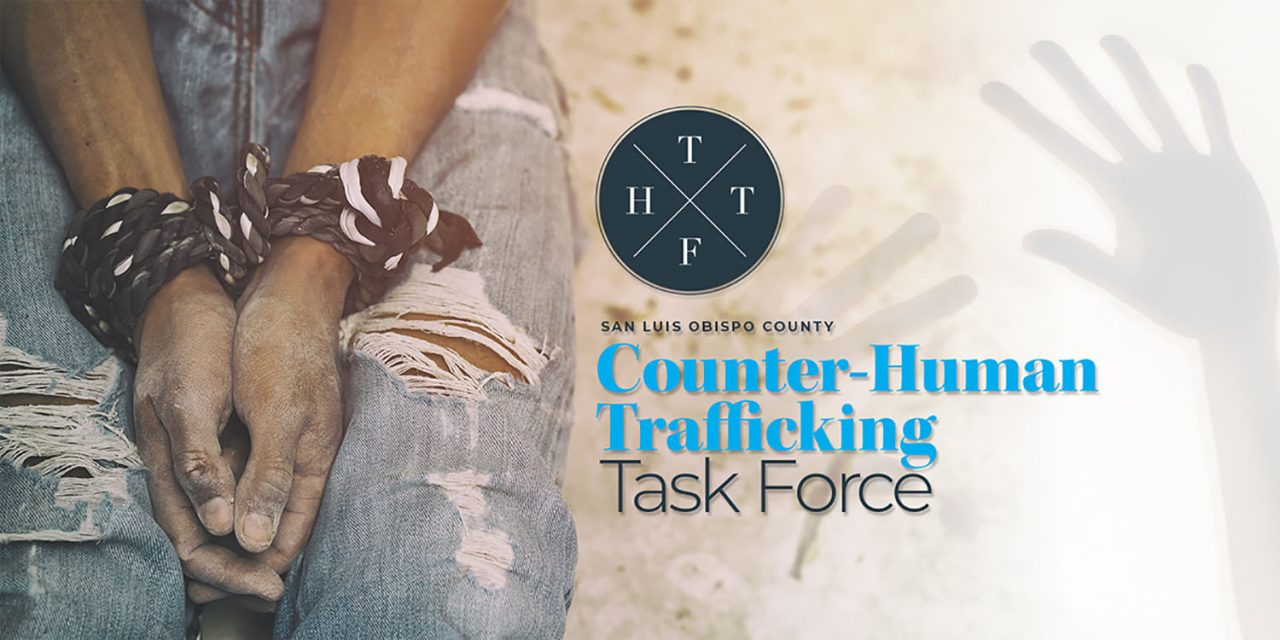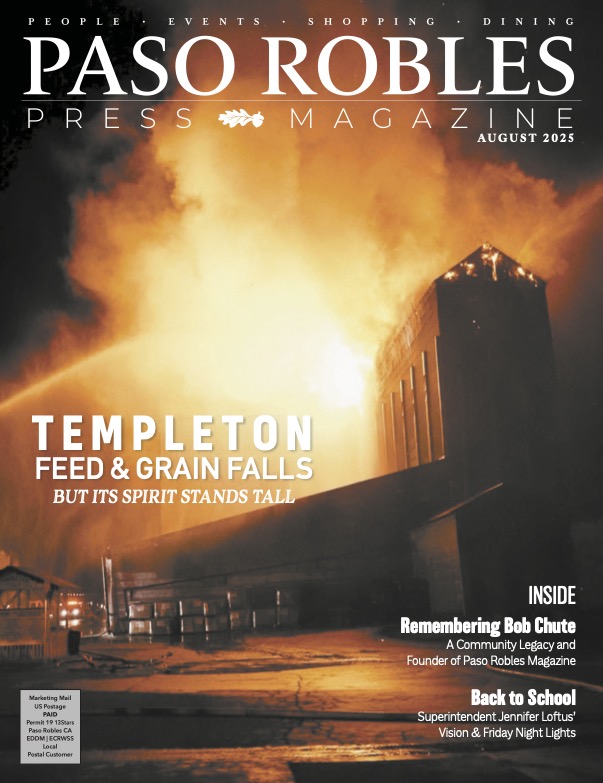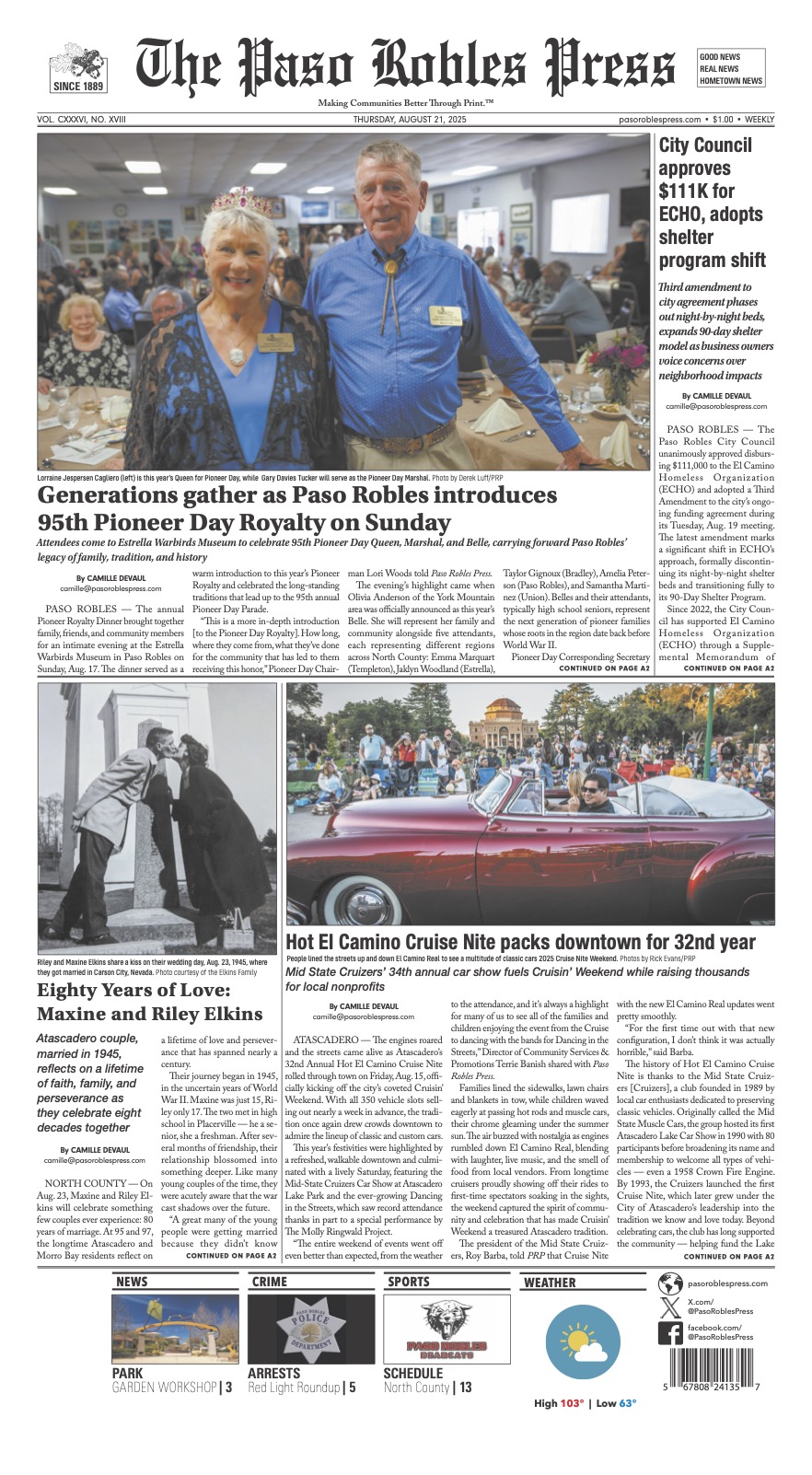By The Counter Human Trafficking Board
The difficult nature of human trafficking cases is well known. They are complicated and can be hard to navigate. The same goes for the prosecution of a human trafficking case. Garnering cooperation from victims and witnesses can be tough, and often there is nothing more than “he said, she said” types of evidence for investigators and prosecutors to work with.
An added complication is the standard of proof needed to prevail in a criminal prosecution. The standard of “beyond a reasonable doubt” is the highest legal standard, and it is that standard that a prosecutor must reach for someone to be convicted in a criminal proceeding.
Recently, in the San Luis Obispo Superior Court, a human trafficking case reached a disposition after nearly two and a half years. In that case, a jury found Lucion Lee Edward Banks guilty beyond a reasonable doubt for the crime of human trafficking of a minor. He has since been sentenced to a prison term of fifteen years to life. This case was long and drawn out but had a positive outcome for the community, the justice system, and most importantly, the teenage victim who has transitioned from being a rescued victim to a survivor and now is a thriver.
The disturbing facts of the case started in October 2018 with what could be termed a routine traffic stop in San Luis Obispo that was made after an officer viewed a variety of vehicle code violations.
The driver of that vehicle, ultimately identified as Lucion Banks, was passing through San Luis Obispo on the way to Los Angeles from the Bay Area when he was contacted. In his vehicle was a fourteen-year-old female who was determined to be a human trafficking victim. Thus, it was from the point of the traffic contact that the investigation began.
It was learned that the driver, Lucion Banks, a resident of Oakland, had a warrant for his arrest. Banks was arrested for the warrant as well as for human trafficking, and the female juvenile victim was taken into protective custody.
This began the long process of offering and providing services, support, and reassurance to the victim that her trafficker would not be able to harm her any longer. It also began the long process of identifying, seizing, and analyzing potential items of evidentiary use that were found in the vehicle driven by Banks. These items included but were not limited to prostitution-related paraphernalia, cellular devices, paperwork, and documentation that provided a timeline and information as to locations that Banks trafficked the victim in.
It was learned through the continuing investigation that Banks trafficked the victim in a multiride of geographical areas throughout northern California. Banks trafficked the victim on what is known in the pimping subculture as the “circuit.” Investigators determined that Banks trafficked the victim in communities such as San Francisco, Vallejo, Fresno, Oakland, and Salinas. It was learned that Banks transported the victim, who was only fourteen years old, to areas of high prostitution activity in these and other cities, forced her to walk the streets at all hours of the night. At these locations and others, Banks forced the victim to engage in acts of prostitution no matter the danger or risk, all for the sake of putting money in his pockets. These locations, often referred to as “the blade” or “the track,” are locations where prostitution and trafficking occur in broad daylight. They are locations where pimps and traffickers boldly operated with impunity. These “tracks” or “blades” are in plain sight, in our cities, big and small. Though they are easy to find, they are not necessarily areas that someone would visit unless the sole goal was to seek the services of a prostitute.
It was discovered in talking with the victim that Banks was violent towards her, and in his continuing efforts to traffick her, kept her isolated, kept her without any means to provide for herself and created a situation where she was completely reliant on Banks. The victim often had no idea where she was going day to day. She only knew that Banks was going to take her to some unknown destination, force her to engage in prostitution, and keep any proceeds for himself, essentially treating the victim as a commodity.
Although this incident started in October 2018, it took nearly two and half years to make its way to a courtroom for a jury trial. During that two and half years, electronic devices were examined, cellular phone records were sought and scrutinized, the victim was interviewed in detail, and specific locations that Banks trafficked the victim at were visited by investigators.
This long-term investigation culminated in a two-week jury trial in March of 2021, where an overwhelming amount of evidence was presented to a jury. Jurors were shown evidence of the prostitution-related paraphernalia such as wigs, condoms, and costumes that were taken from Banks’ vehicle at the time of the traffic stop in San Luis Obispo. The jury was presented evidence from a social media account operated by Banks which essentially served as a pimp advertising account. Phone records were examined in great detail, and the jurors received evidence showing that Banks took the victim to geographical areas on the circuit known for prostitution and human trafficking – the “blades” and “tracks” of California.
The prosecution presented text messages and photographic evidence that proved human trafficking took place. Phone and text message information was shown that depicted Banks dropping the victim off in areas of high prostitution activity, waiting for her to “turn tricks,” directing her to bring “his” money back, only to put her back on the street again until his financial quota was met. Receipts and paperwork which could have been viewed as common car trash were seized from Banks’ vehicle and eventually presented to the jury.
These items that included fast food receipts, a car wash card, and medical paperwork were introduced as evidence to provide a timeline of places visited, which in the end, corroborated the victim’s statement of where she recalled being trafficked.
Perhaps the most compelling evidence provided came directly from the victim herself. The victim described with great specificity the places she was trafficked, the abuse she suffered at the hands of Banks, as well as the way she was forced into prostitution by Banks. The victim, described only as Jane Doe in court, courageously recalled how she was first contacted by Banks on International Boulevard in Oakland, and immediately taken to San Jose, where Banks first tried to pimp her out to sex purchasers in that area. This was the start of her victimization at the hands of Banks.
In the end, the victim’s heart-wrenching testimony alone was sufficient to prevail in court; however, the volumes of corroborating evidence supported the tragic story that was related by Ms. Doe in court.
The numerous items of evidence and Ms. Doe’s story of what took place, along with expert testimony that was provided by local investigators as well as an investigator from Alameda County, were submitted to the jury, who in just a few hours unanimously reached a guilty verdict.
This verdict affirmed the investigators’ and prosecutors’ position that Banks was a human trafficker. But, more importantly, the jury verdict affirmed Jane Doe’s voice and her part in seeking justice and restoration for the wrongs that were done to her by Banks.
On May 21, Lucion Banks was sentenced for human trafficking by use of force, fear, or coercion. During sentencing, Ms. Doe told the court that she no longer felt fear and that if she were not rescued in October 2018, she would have continued to live a life of abuse.
However, in the end, because of the efforts and dedication of law enforcement, prosecutors, and a team of dedicated advocates and supporters, Ms. Doe has a better future and will continue to thrive. This, coupled with Ms. Doe’s own inner strength, fortitude, and desire to achieve great things, makes this a success story. One thing we know for sure, Ms. Doe has a future, and Lucion Banks will not be able to victimize anyone else for the foreseeable future. For that, we are grateful.












